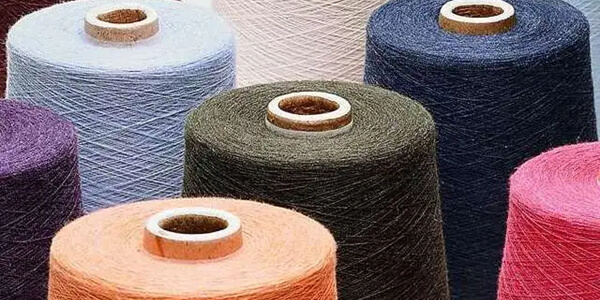
Understanding Fabric Yarn Count and Density
Introduction
Fabric yarn count and density are important aspects of understanding the quality and properties of different types of fabrics. In this article, we will explain yarn count, its relationship to fabric texture and quality, and the significance of yarn count for different types of fabrics. We will also introduce fabric density and its Impact on fabric properties, such as water resistance.
Explanation of yarn count and its relationship to fabric texture and quality
Yarn count is an essential aspect of understanding fabric texture and quality. It refers to the fineness of the yarn and is measured by the number of hanks of yarn that weigh one pound. The higher the yarn count, the finer the yarn, resulting in a softer and smoother fabric texture. Yarn count is often denoted by the symbol Ne, which stands for "number English" or Nm, which stands for "number metric."
However, it's important to note that a higher yarn count does not necessarily mean better quality. Other factors, such as the quality of the fiber and spinning technique, also play a role in determining fabric quality. Yarn count is particularly relevant for fine fabrics such as silk, cashmere, and high-end cotton. Understanding yarn count is crucial when selecting clothing or home décor project fabrics.
Significance of yarn count for different types of fabrics
For coarse fabrics such as canvas or denim, yarn count is less relevant as the rough texture is desired. On the other hand, for delicate fabrics such as chiffon and lace, yarn count is crucial as it affects the drape and transparency of the fabric. Yarn count is also important for fabrics that require specific functional properties such as water resistance or breathability.
Introduction to fabric density and its Impact on fabric properties
Fabric density refers to the number of yarns per unit area of the fabric and is measured by warp and weft yarn counts. A higher fabric density indicates a tighter weave, resulting in a denser and more durable fabric. It also impacts the properties of the fabric, such as its water resistance and breathability. High-density fabrics are typically used for outdoor and performance wear, while lower-density fabrics are used for lighter garments.
Conclusion
Understanding yarn count and fabric density is essential for selecting the appropriate fabric for different applications. While yarn count is more relevant for fine fabrics, fabric density plays a crucial role in determining the properties of the fabric. Considering both factors, we can make informed choices about the fabrics we use for different projects.
